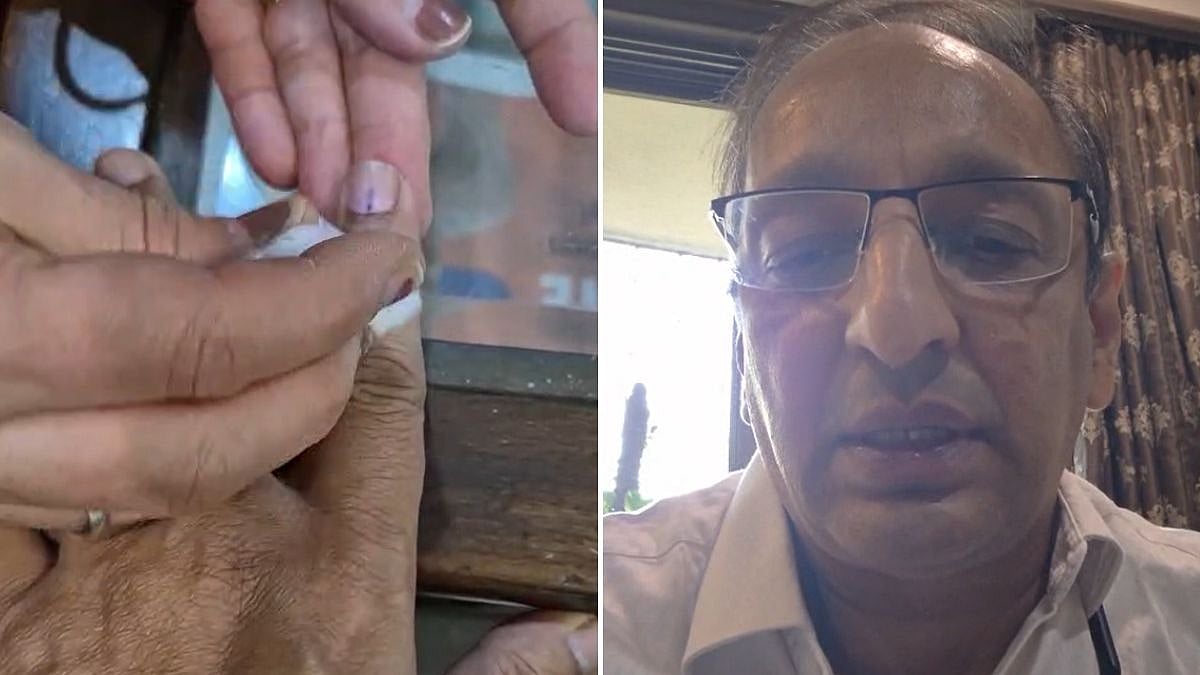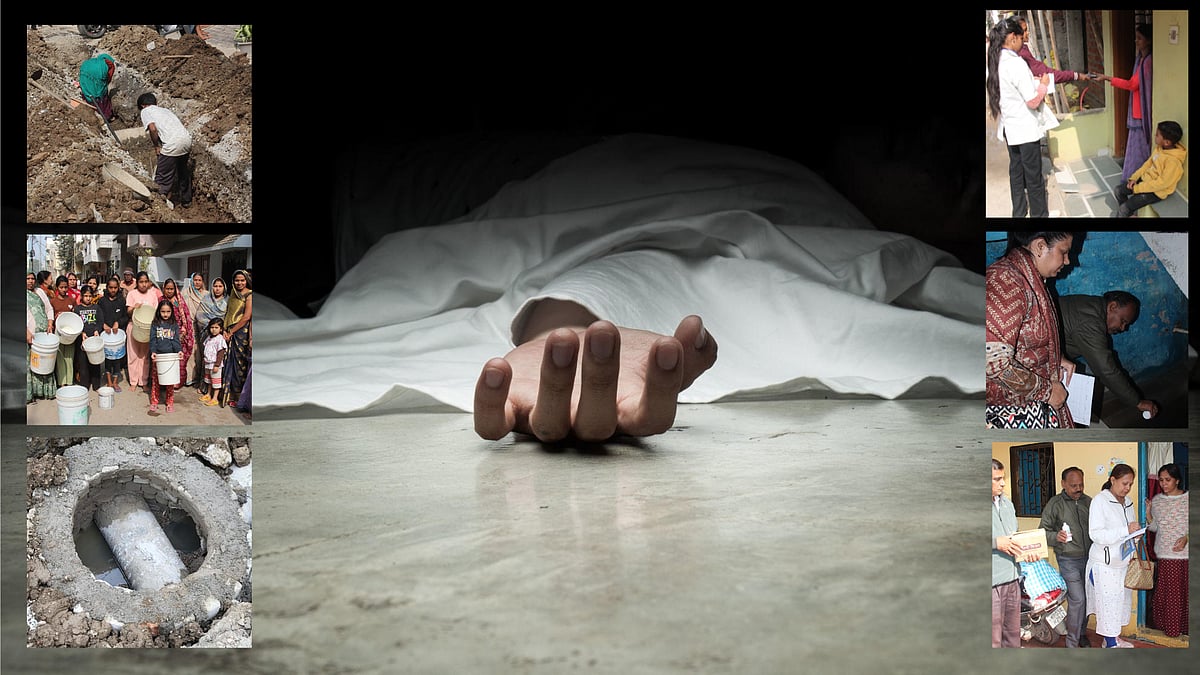Thalassemia is an inherited disorder and is characterized by the defective formation of haemoglobin, the component present in red blood cells that is responsible for the transport of oxygen to the cells. The presenting symptoms include fatigue, shortness of breath, jaundice, abdominal swelling and bone deformities. It is diagnosed based on blood tests. Thalassemia is managed through treatments that include frequent blood transfusion, iron chelation and recently hematopoietic stem cell transplantation.
The haemoglobin is made of four globin molecules – two alpha chains and two beta chains and a heme molecule. Two genes, namely HBA1 and HBA2 make alpha-globin chains and the HBB gene is responsible for the formation of beta chains. All genes are present in two copies, one inherited from the father and the other from the mother. Variations in the sequence, known as mutations, in both copies of one of these genes can result in either form of thalassemia, namely alpha or beta-thalassemia.
Mutations in both copies of either HBA1 or HBA2 genes result in alpha thalassemia. Similarly, mutations in the HBB gene can result in a moderate to severe form of beta-thalassemia (beta-thalassemia major) depending on the nature of the mutation. Thalassemia genes are inherited in an autosomal recessive pattern, where two copies of defective genes with mutation (one from each parent) is required to cause the disorder. The parents will typically be carriers of the disease with one defective copy and one normal copy of the gene. They can be either asymptomatic carriers or have mild symptoms (Thalassemia minor). The defective genes lead to the formation of a defective or dysfunctional protein that renders the haemoglobin molecule unstable, resulting in the loss of red blood cells, which explains anaemia in severe forms of the disease.
The Indian scenario
The global estimate of alpha thalassemia patients is about 15 million and that of carriers of beta-thalassemia is about 240 million. In India, the mean prevalence of thalassemia is about 3.3% and the number of patients diagnosed with thalassemia is approximately 30 million. Every year, about 1,00,000 patients undergo blood transfusion and an equal number of patients die due to wanting of access to treatment. The annual treatment and medication expenses are about Rupees 1.5 - 2 lakhs per patient. For an autosomal recessive disease, a lack of awareness about the carrier status of the parents is likely to result in having more than one child with the same condition since every child born to a couple who are both carriers for the disease, has a 25% chance of inheriting the disorder. In such a scenario, the cost of treatment is likely to go up and would pose a heavy economic burden, on the patients’ families that cannot afford the expense. This is applicable for even the less severe forms which would still require other treatment methods such as the continuous supply of medications, constant monitoring and other associated disease conditions such as splenomegaly, iron overload, cardiopulmonary diseases and skeletal effects.
Carrier testing
Prevention is not only better than cure but also the only way to eliminate preventable inherited disorders. In a country like India where consanguineous marriages (marriages within families related by blood), are still widely practised, the incidence of autosomal recessive diseases like thalassemia is unlikely to decline, particularly in the absence of proper awareness and counselling of affected families. Public awareness programs combined with genetic counselling in families with a history of thalassemia can go a long way in identifying individuals who are carriers of the disease. Accurate identification of the carrier status of disease-causing mutations through molecular methods can help genetic counsellors offer appropriate options to the families. The genetic information thus obtained can help the couple make informed choices such as prenatal testing and in the case of assisted reproductive technology, preimplantation testing which can help to identify if the embryo is free from the defective gene. Carrier testing will also be helpful for people belonging to a certain ethnicity that has a high carrier burden such as African American, the Mediterranean, south-east Asians and Indians. Healthcare providers must come forward to educate the youth about the heritability and screening programs and encourage them to overcome their fears of being stigmatized for undergoing genetic screening. All these collective efforts would result in eradicating thalassemia and other preventable genetic diseases.
(With Inputs from senior scientists in MedGenome India)









